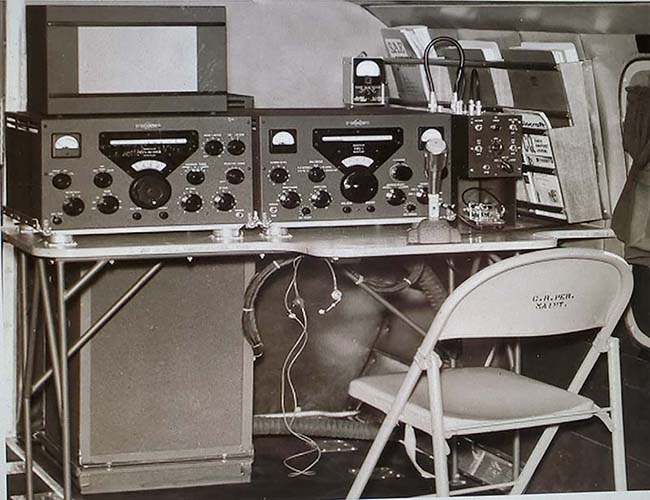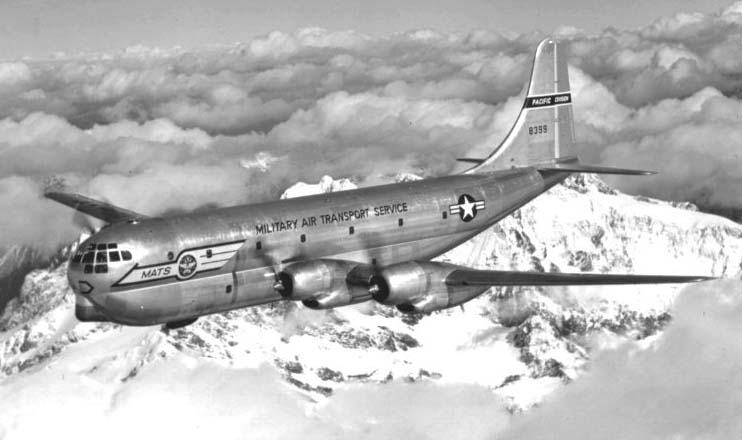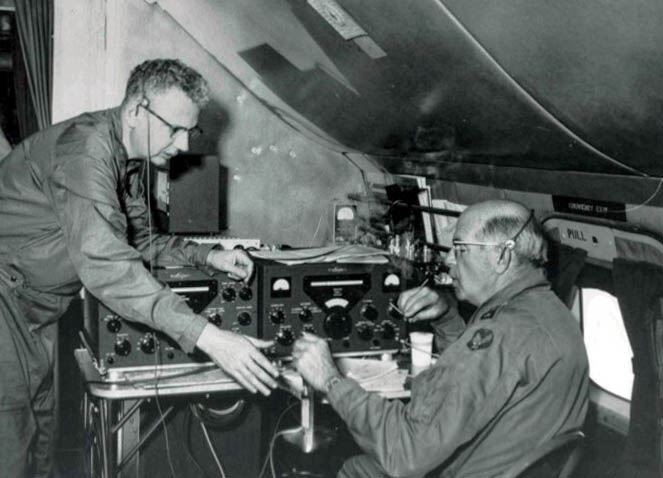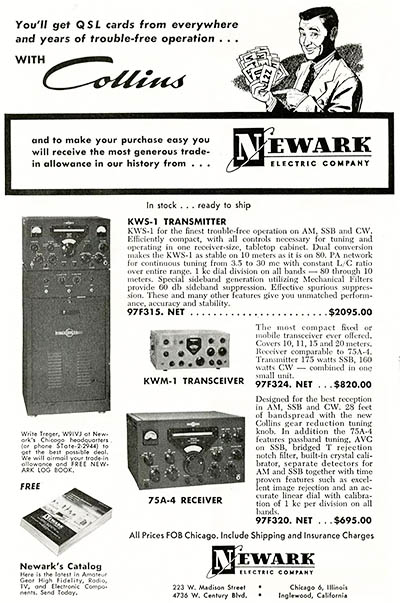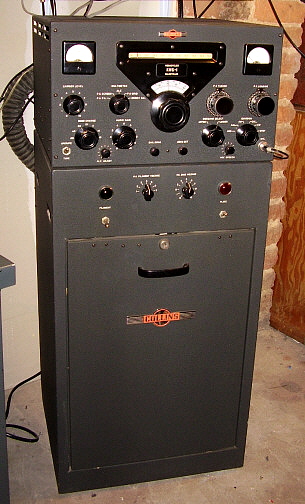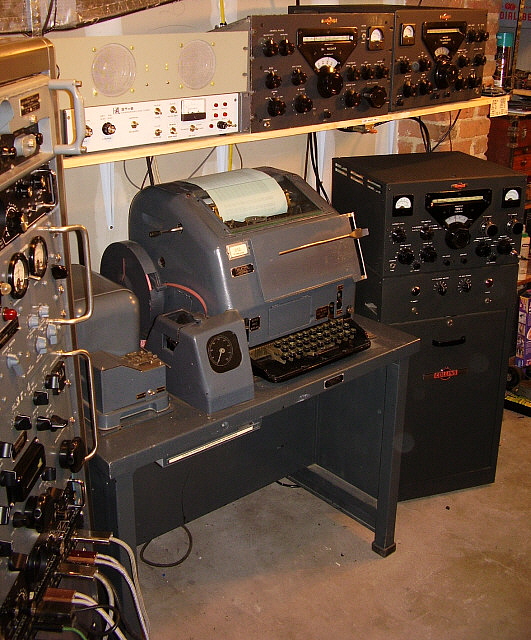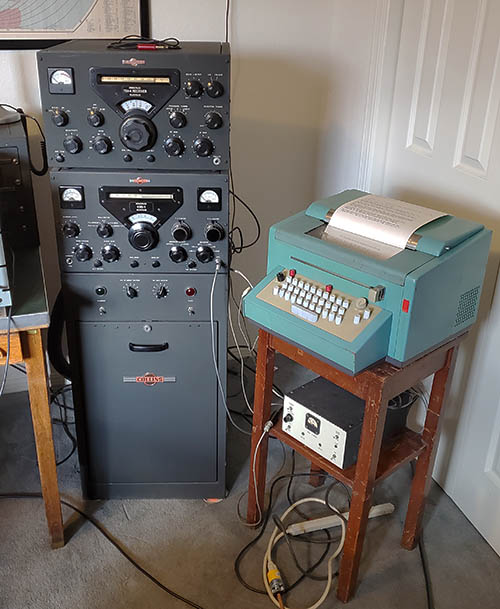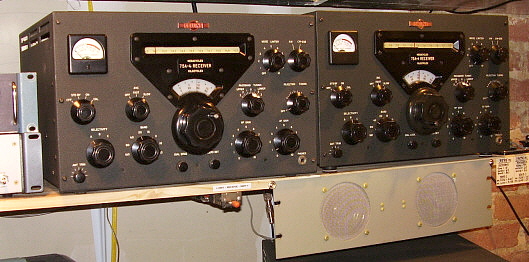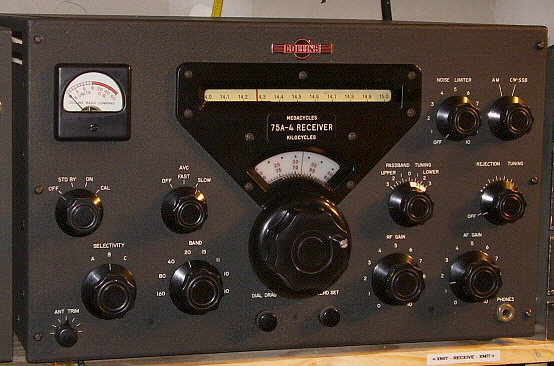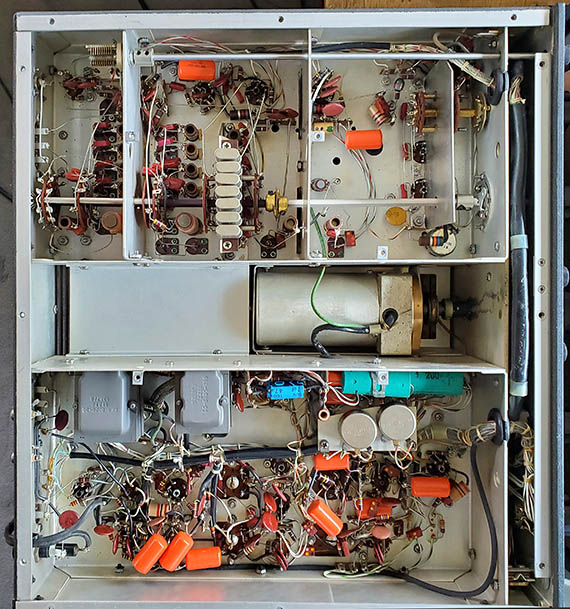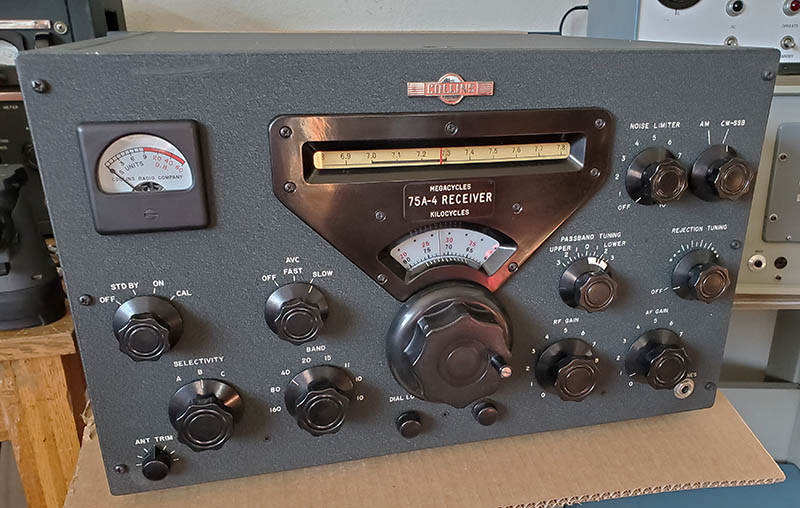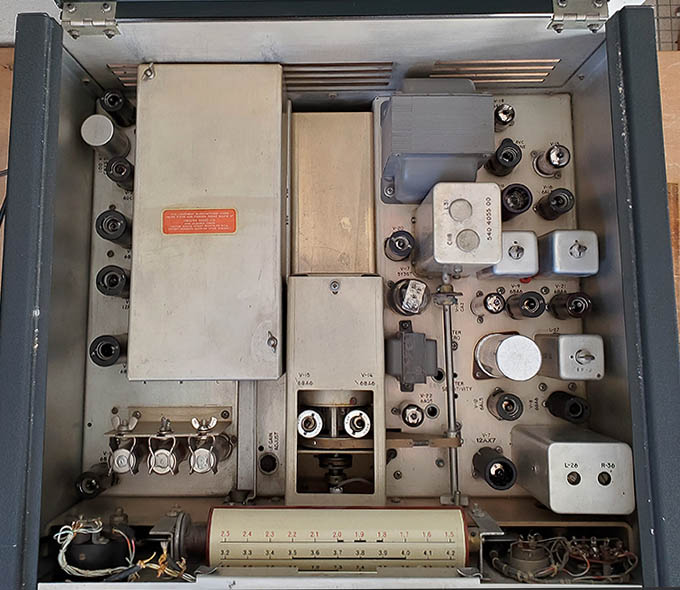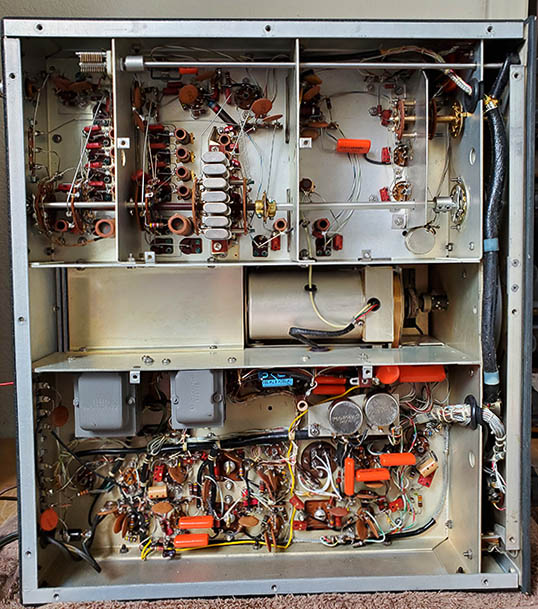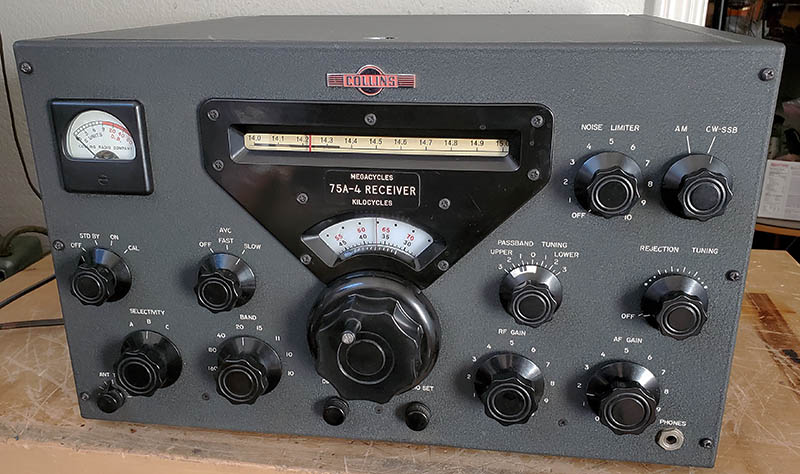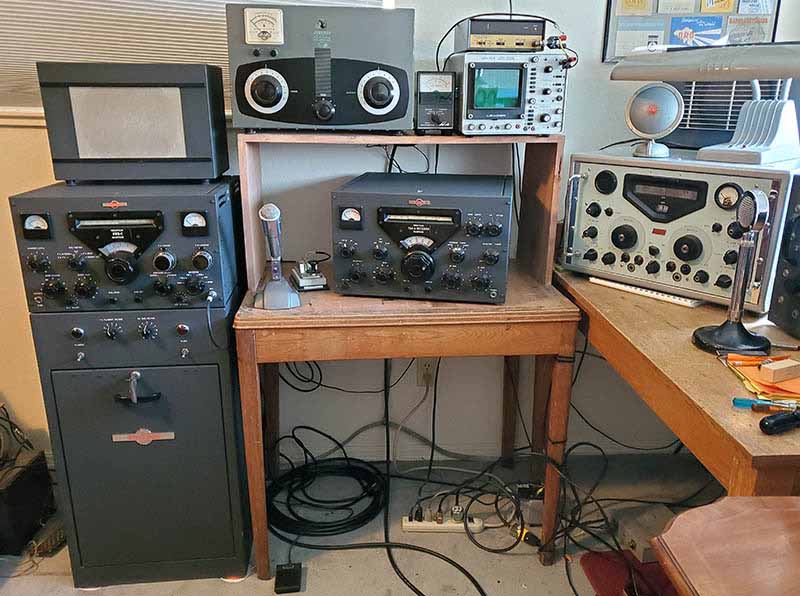|
Dummy Load versus Antenna Load Test
15M Test - Full
power into 50 ohm dummy load,...CW no problems, AM no problems
(25% of full power) and SSB no problems, connected to the antenna,
all modes,
full power - no
problems
20M Test - Full
power into 50 ohm dummy load,...CW no problems, AM no problems
(25% of full power) and SSB no problems, connected to the antenna,
all modes,
full power - no
problems
40M Test - Full
power into 50 ohm dummy load,...CW no problems, AM no problems
(25% of full power) and SSB no problems, connected to the antenna,
all modes,
full power - no
problems
80M Test - Full
power into 50 ohm dummy load,...CW no problems, AM no problems
(25% of full power) and SSB no problems. BUT connected to the antenna,...CW
seemed okay, AM and SSB produces
oscillation in the mixer stage and 6CL6 drivers. Since the 250kc
oscillator is reinserted behind the MF, it would be difficult to
distinguish the problem oscillation from normal CW operation. In
AM, this reinserted carrier is adjusted for 150 watts output and
with the oscillation, the CARRIER can't be adjusted to "zero" or
100mA idle PA I to start. Of course, I should go to CW and
adjust the CARRIER LEVEL to zero and see what happens.
Unfortunately, I only have the Collinear Array antenna available
for the upstairs shack. A second antenna that used a coaxial
cable type of feed-line, if it was available, would provide an
interesting comparison.
The KWS-1 has a dedicated, switched into the circuit, 80M
neutralizing set up. The first thing to try is adjusting the 80M
neutralization (this is where I went "off the track" for
a while and seemed to forget that the KWS-1 worked fine into a dummy load
on all bands.)
80M Neutralization
-
There are two adjustments involved in the 80M neutralizing. One
is the 6CL6 80M plate tuning and the other is the 80M
neutralizing trimmer. The equipment was set up for neutralizing
and the adjustments were made. It was discovered that while the
6CL6 80M plate tuning would resonate and could be easily
adjusted, the 80M neutralizing trimmer had no effect on
anything. At this point, it looks like the problem is in the
neutralizing trimmer and how it connects into the circuit
through the band switch. I removed the bottom of the KWS-1 to
inspect this area of the transmitter. Nothing was found. I used
a DMM to check that the switch made the proper connections when
80M was selected. Unfortunately, the switch segment that is used
for 80M is right up against one of the compartment walls and
it's next to impossible to really see the contacts, even with a
small dental mirror. I cleaned the band switch with DeOxit and a
small paint brush just
as a precaution.
TEST 80M Neutralization
- The KWS-1 manual's 80M neutralizing procedure has you connect a
receiver with S-meter to the 6CL6 output and then monitor the
S-meter reading for an indication of neutralization. I was using
the 75A-4 and to have the S-meter function, the RF gain has to
be advanced and the AVC has to turned on. To have this actually
be sensitive enough to show ANYTHING requires someway to vary
the coupling between the KWS-1/6CL6 output and the 75A-4 input.
It all seems rather crude and it's described that way because in
1955, most hams didn't have access to high-quality
oscilloscopes. Next time, rather than use the crude hook-up described in the
manual, I'm going use an oscilloscope to actually "see" what is
happening as the 80M Neutralizing trimmer is adjusted.
Hopefully, some sort of change might be seen when adjusting the
80M neutralization.
It's NOT the 80M Neutralization
- RFI? Grounds? Counterpoise? -
Using the oscilloscope made finding the neutralization
adjustment on 80M pretty easy. However, it doesn't change the
fact that the KWS-1 on 80M going into a dummy load operates just
fine. No problems at all! I even listened to the signal (leakage
from the dummy load) on the GPR-90 receiver on both 40M and on
80M. The received AM signal sounded great (so did the SSB signal.) However, when operating into the antenna, the
Mixer/Driver stages oscillate only on 80M. A couple of things could be
happening. Radiated RF getting into the transmitter might be a
possibility but everything is fully shielded so RFI seems unlikely.
Also, if it was a RFI/shielding problem, why would it only
affect 80M?
However, good operation on all bands into a dummy load (very
little RF radiation) seems to
indicate that RF from the antenna or feed-line is somehow getting into the Mixer/Driver somewhere. I
never had this problem in Virginia City but I was on the ground
floor and had a very good
earth ground there. Also, in Minden, I had a very good earth
ground to a ground floor. At both of those locations I ran the
same type of antenna, a tuned dipole of 135' CF with open
feed-line to a tuner (I used a Nye-Viking MBV-A then.) Maybe the
lack of a "solid earth ground" for the KWS-1 in combination with
the Johnson Matchbox not being earth grounded either might be a
problem. This is the first time (in 55 years) that I've tried to
operate the KWS-1 from a second floor shack. Maybe it's from
only relying on the "house ground." I've always heard that
operating from a second floor shack makes it difficult to
achieve a good "earth ground" due to the distance involved
"getting to earth" and the same distance is involved with using
the house ground too. I even installed a 1" wide, heavy copper
braid all around the perimeter of the room that was connected to
the house ground to act as a sort of counterpoise (it didn't
help the KWS-1 problem.) The odd thing is the other stations aren't
affected and neither is the KWS-1 on any band other than 80M.
Two Experiments - #2 Might Solve the Problem
Experiment #1 - I suspected that in the CW mode on
80M, the oscillation was actually happening. I went to the CW mode at
full power and then backed the CARRIER LEVEL down to zero. The
oscillation was there and it showed about 300mA PA I, even
though there was no carrier injection. This experiment showed
that the 80M oscillation was happening in all modes.
Experiment #2 -
Next, I had suspected that the problem had to have something to
do with the antenna since the KWS-1 worked perfectly into the
dummy load. The next experiment was to readjust the Johnson Matchbox to something other
than a perfect 1:1 match. I adjusted for a 1.5:1 SWR mismatch.
The oscillation disappeared. I showed only 100mA of idle current
with the CARRIER LEVEL at zero. I readjusted the LOAD and TUNE
for the KWS-1 to match to the 1.5:1 SWR. Still no oscillation. I increased
the CARRIER LEVEL up for 500mA of PA I, no problems. I switched
to AM mode, backed the CARRIER LEVEL to zero, no oscillation.
Increased the CL to 250mA of PA I, no problems.
NOW, how to explain
those results,...although it would be just a guess. At the 1:1 match
there must be some line currents or some type of 80M reactance
or maybe EM radiation from the antenna that allows the coax to resonate with something in the KWS-1 exciter
stages. Changing the antenna match or the matched impedance by
retuning for a 1.5:1 SWR must change something about the coaxial
cable impedance versus the Matchbox and KWS-1 or antenna resonance. Since the dummy load has no
reactance and virtually no EM radiation, because it's just a big resistor, the KWS-1 works
perfectly in that hook-up. I'm not sure if changing the length
of the coax between the Matchbox and the KWS-1 would affect this
80M resonance or the impedance,...BUT IT SHOULD!
I went out to the shop and grabbed a couple
of "made up" lengths of RG-8U coax with PL-259s on each end. One
length was about 25 feet and the other about 10 feet. I
connected the 25 foot length between the Matchbox and the KWS-1.
I loaded up on CW to full power,...no problems. I reduced the
CARRIER LEVEL to zero and the PA I went to 100mA idling current,
so no oscillation. I went to the AM mode and actuated PTT, no
oscillation. I increased the PA I to 250mA and it was stable
with no oscillations. I went over to the Matchbox and adjusted
it for 1:1 SWR, still no oscillation and the KWS-1 seemed to be
running about the same as it did when going into the dummy load.
So, apparently the length of coax that I had been using (since
2021) was in some way resonant on 80M with the KWS-1 output and
the Matchbox input (and it wasn't just the Matchbox since I had
the same problem with the Nye-Viking MBV-A tuner.) Changing the SWR,
changed the impedance
and that made the coax not resonant on 80M. By using a much longer
piece of coax, that increases the cable capacitance and the result is the same as changing the SWR in
that the impedance is different (and the Matchbox is adjusted
to very slightly different settings for the 1:1 SWR) and the reactance changed so as
not to resonate with the KWS-1 output on 80M.
So, why didn't I solve this problem earlier? Maybe I'm
obtuse but, since the KWS-1 and 75A-4 aren't the only station
equipment around here, there really wasn't a pressing need to
find a solution to this problem since the other stations could
be used. Quite a while later, with an increased interest in my
long-ignored 75A-4 SN:850 along with the possibility of writing
up and expanding its refurbishing process into a
"restoration" article, had me thinking about
setting up and operating the complete Collins station like I had
it over 50 years ago. But,
the KWS-1 still had the oscillation problem on 80M from the 2021 RTTY set-up. I finally had to put together the clues that the
KWS-1 worked fine into a dummy load so it had to be something
with the antenna set up. Changing the 1:1 SWR to 1.5:1 SWR was the
"break-through" since that eliminated the oscillation. It had to
be the coax - that was all that was left.
Other Things - I did find that the housing and mount for the +2000vdc input
to the back of the KWS-1 was extremely loose. I found that the
two screws and nuts that mount the internal part of the assembly
to the chassis had backed-off and were almost ready to fall off
the threads. Retightening these mounting screws and nuts got the
+2000vdc housing secure and now the +2000vdc plug firmly
connects to its receptacle. This has apparently been loosening
up for quite a while since I've been noticing that the +2000vdc
plug was always loose and so was the housing, I just never
checked why.
|
